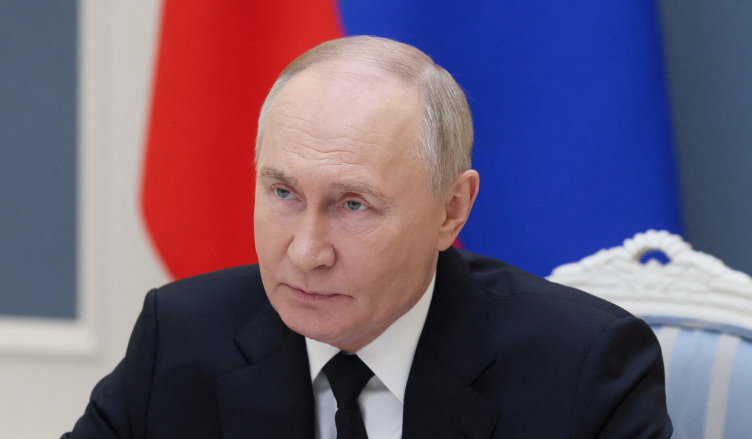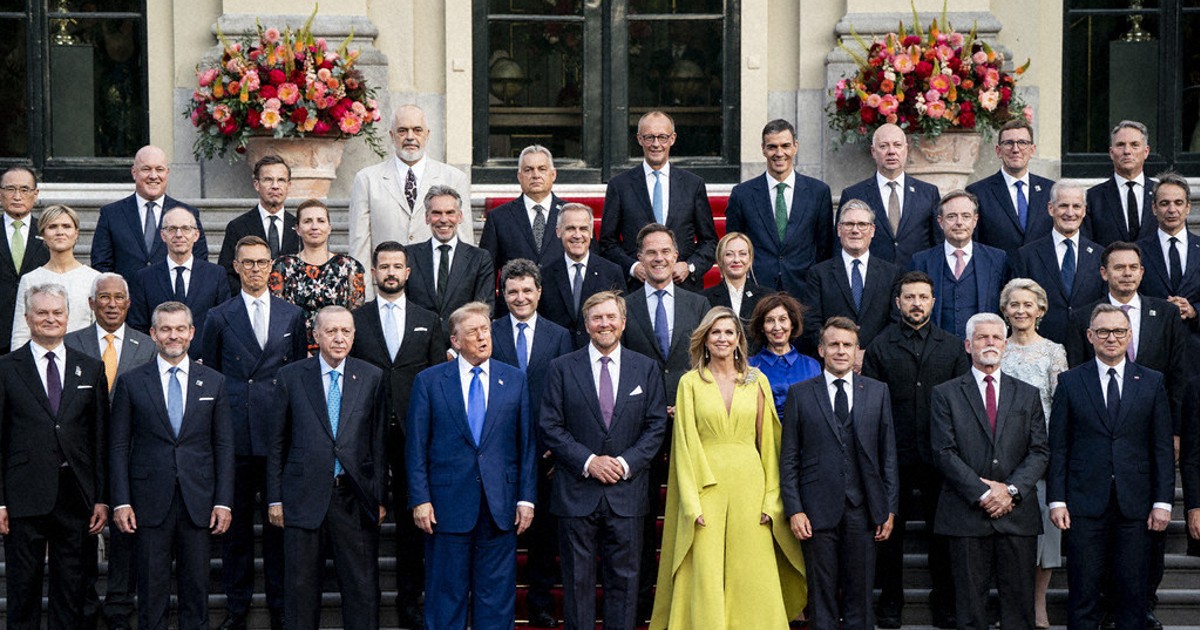WORLD NEWS

Russian President Vladimir Putin announced on Friday that Russia would continue testing its newly developed Oreshnik hypersonic missile in real combat conditions. The missile was used for the first time in Ukraine the day before, marking a significant escalation in the ongoing conflict. Putin stated that Russia had a ready stock of these weapons available for use and would deploy them as needed depending on security threats to Russia.
The Oreshnik missile, also known as the "hazel tree," is a cutting-edge intermediate-range weapon capable of reaching speeds over 13,000 km/h (8,000 mph), significantly faster than traditional missiles. It can cover distances of 3,000 to 5,500 km, enabling it to strike anywhere in Europe or the western United States. Notably, the missile can carry multiple warheads designed to hit different targets simultaneously—a feature typically associated with longer-range intercontinental ballistic missiles (ICBMs).
While Putin has described the missile's initial use as a "successful test," U.S. officials have clarified that the missile used was an experimental version, with Russia only having a limited number at its disposal. Despite this, Putin's comments suggest that Russia will continue to refine the weapon, and he emphasized its destructive power and claimed it could not currently be intercepted by any existing defense systems.
In response, Ukrainian President Volodymyr Zelenskiy condemned the missile launch as an escalation in the conflict, calling it "an international crime" and warning that Russia’s actions signaled a growing risk to global security. Zelenskiy confirmed that Ukraine was working with its Western allies to develop air defense systems specifically designed to counter the new missile.
Putin’s warning to the West includes the assertion that any further support for Ukraine, especially in the form of advanced missile technology, could provoke more severe actions from Russia. This rhetoric aligns with previous statements suggesting that Russia is increasingly prepared to use nuclear weapons in response to conventional attacks, with Putin having approved policy changes this week that lowered the threshold for such use.
The deployment of the Oreshnik missile and Russia's broader military escalation highlight the rising stakes in the conflict, as both Ukraine and Russia continue to enhance their military capabilities. The missile’s potential to alter the course of the war and the growing technological race between the two nations is likely to shape the next phase of the conflict.




